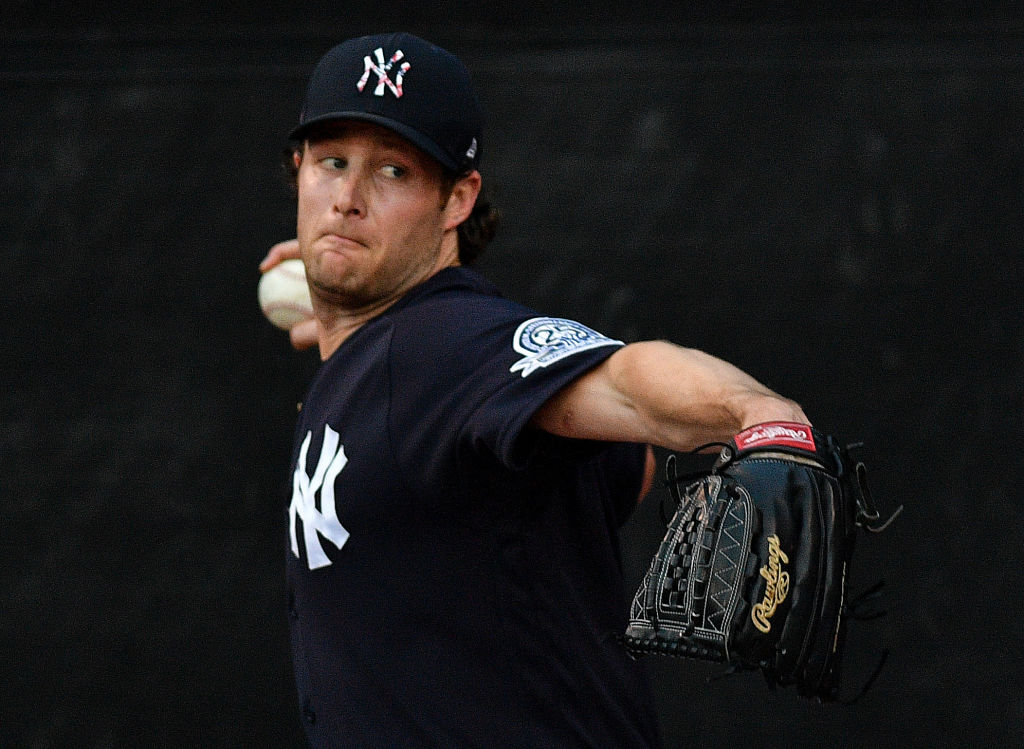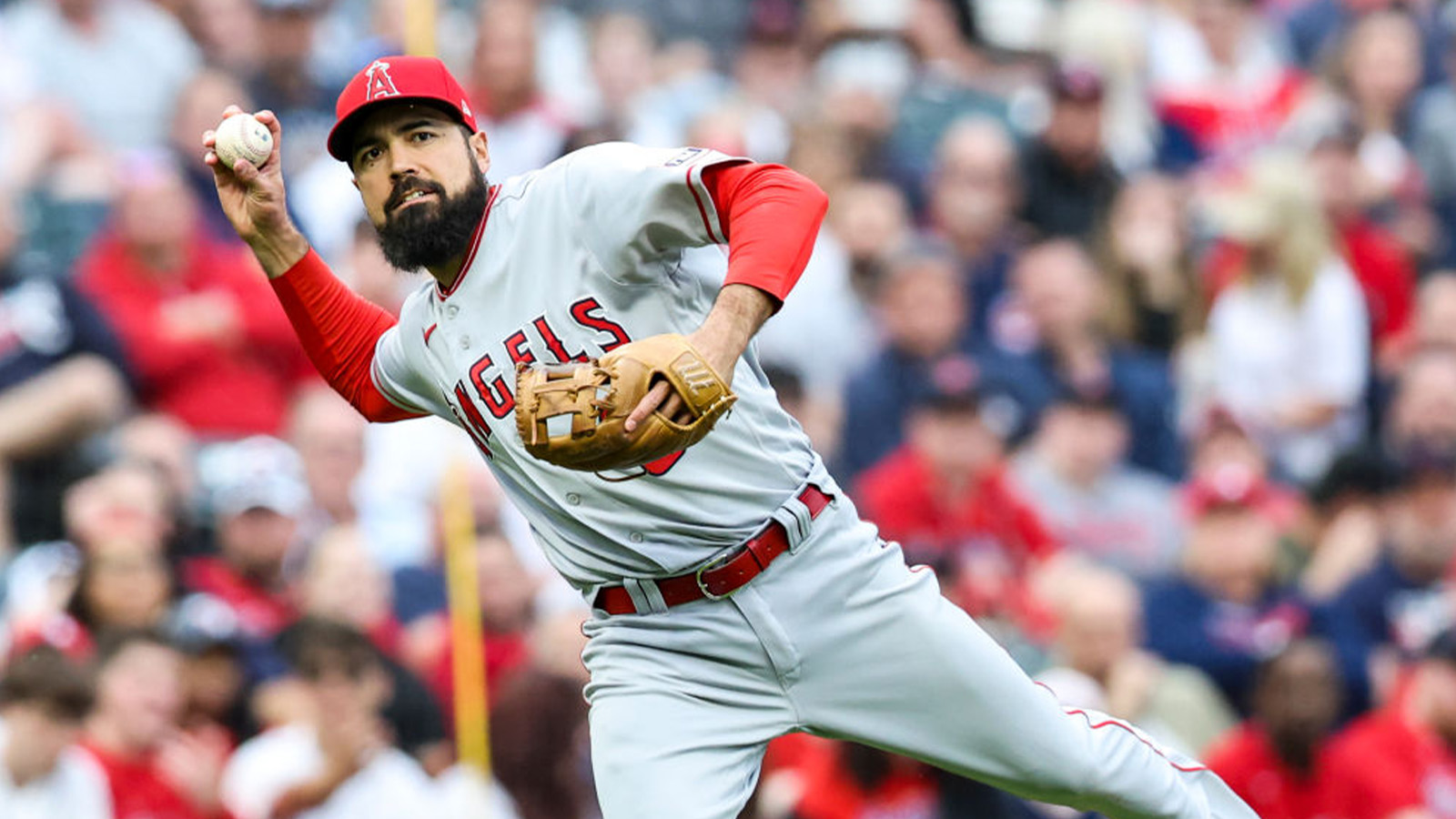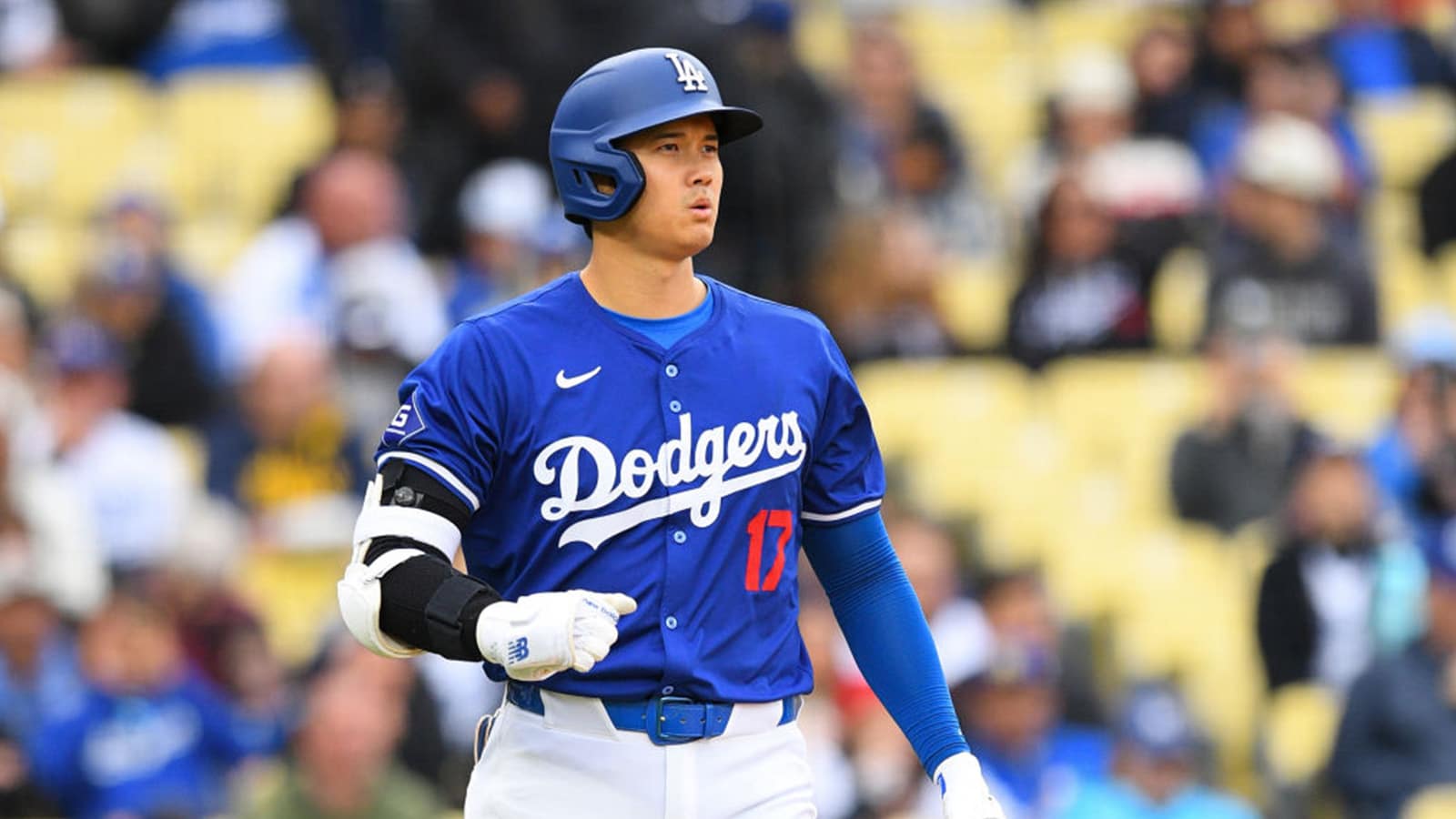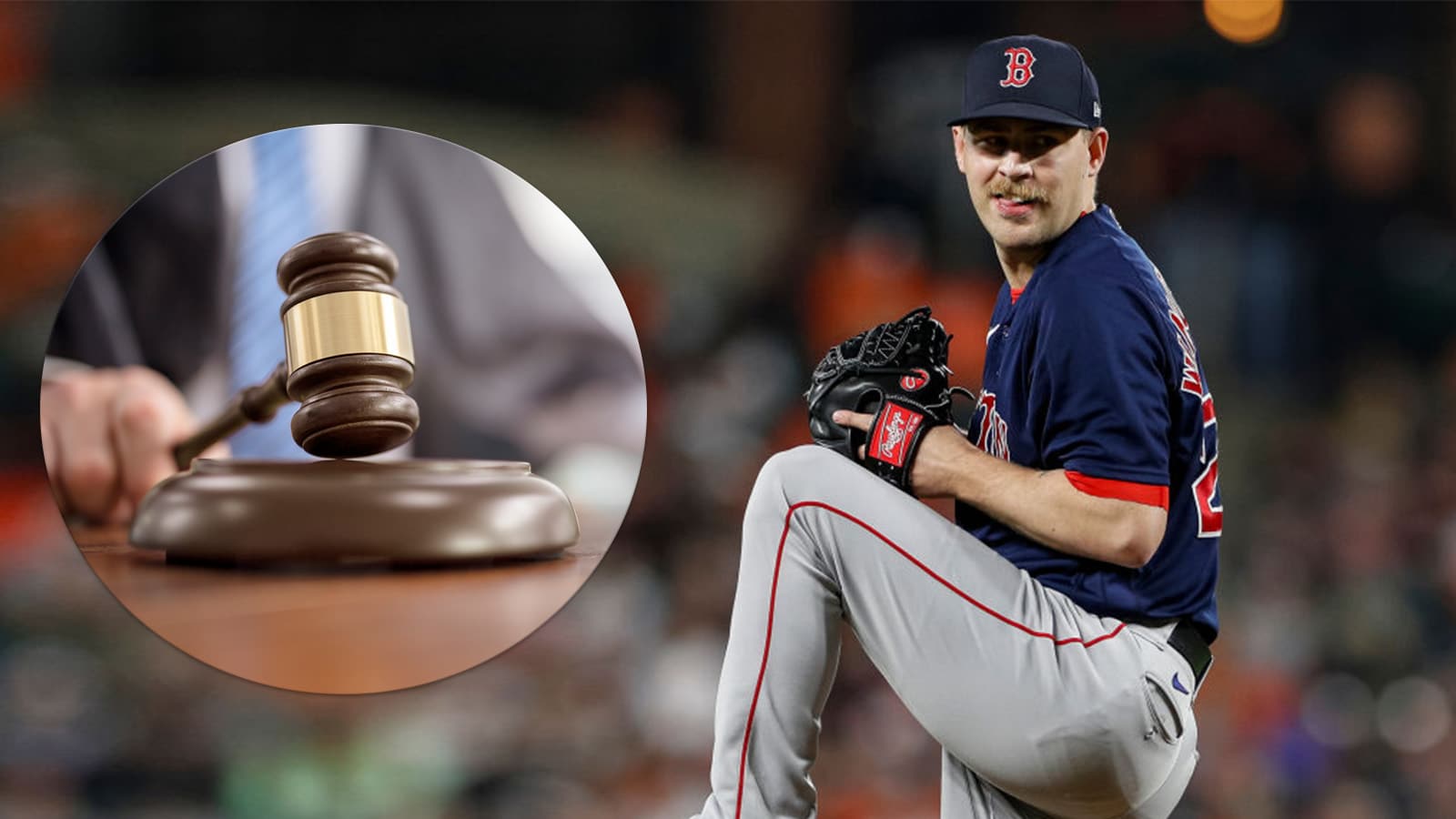
Gerrit Cole, Stephen Strasburg Race to End an MLB Jinx
Major League Baseball general managers go into the annual June draft having to guess about the potential of top prospects because many of them are high school players or have limited college experience and haven’t competed against top-tier talent.
For every Alex Rodriguez, Stephen Strasburg, and Gerrit Cole that they’ve staked their reputation on by making them the No. 1 overall pick, there are others whose careers fall short of what the big-league clubs had hoped.
Picking a pitcher like Gerrit Cole or Stephen Strasburg has risks
Major League Baseball began its amateur draft in 1965 to finally put an end to the wild west system that allowed big-spending teams to scour the country and stockpile prospects. The draft makes players eligible to be selected at the completion of their high school career or while playing at two- or four-year colleges.
Historically, teams have had success projecting how high school position players might fare in the majors. Alex Rodriguez (1993), Chipper Jones (1990), and Ken Griffey Jr. (1987) are examples of overall No. 1 picks who went on to great major-league careers.
Only 19 pitchers have been drafted No. 1 overall. The trend has been for MLB teams to do so only after the prospect has thrown in college, where the talent level of hitters provides an indication of how a pitcher might fare against professional hitters.
Regardless of the preference of high school vs. college player or right-hander vs. lefty, one thing is true: While greatness on the mound was long defined by winning 300 games and 250 is now stellar, no pitcher taken No. 1 overall in the June draft has ever turned out to be so much as a 200-game winner even after having been scouted extensively in college.
The closest so far have been Mike Moore and Andy Benes, who lasted 14 seasons apiece in the majors. Moore was taken by the Seattle Mariners in 1981, finished 161-176 record for three teams, and never led the majors in victories in a season but twice led in losses. Benes went to the San Diego Padres in 1988 and finished 155-139.
Three active pitchers can shatter the 200-win ceiling
David Price, traded from the Boston Red Sox to the Los Angeles Dodgers in the offseason, is the leader in career wins among active pitchers who were drafted first overall. Price is 150-80 for his career, but he’s also 34 years old and has managed to win more than nine games only twice in the past six seasons.
Two other active major-leaguers who were also drafted out of college might have better shots at becoming the first No. 1 picks to reach 200 wins on the mound.
Stephen Strasburg, 31, of the Washington Nationals is coming off the finest season in his 10-year career, going 18-6 with a 3.22 ERA. Strasburg is 112-58 overall.
Gerrit Cole, who signed as a free agent with the New York Yankees in the offseason is 94-52 but arguably has the best chance of the three to reach the 200-win milestone. Cole, 29, coming off his two best seasons while with the Houston Astros and is now playing for a team with possibly the deepest offensive talent in baseball.
MLB teams have more success with selecting hitters
Winning 300 games used to be the automatic ticket to the Hall of Fame for starting pitchers, but that number has come down in the era of five-man rotations and shorter outings that lead to the bullpen accumulating more stats.
On the other hand, standards for hitting haven’t changed much: 400 career home runs usually qualify a batter for star status, 500 move him into the Cooperstown conversation and 600 will get him into the Hall of Fame. By those measurements, MLB teams have had more success picking every-day players as the No. 1 overall selection.
Alex Rodriguez finished with 696 home runs, Ken Griffey Jr. hit 630, and Chipper Jones piled up 468. Among active players who were taken at the top of the draft, Bryce Harper is at 219 with more productive seasons ahead.



